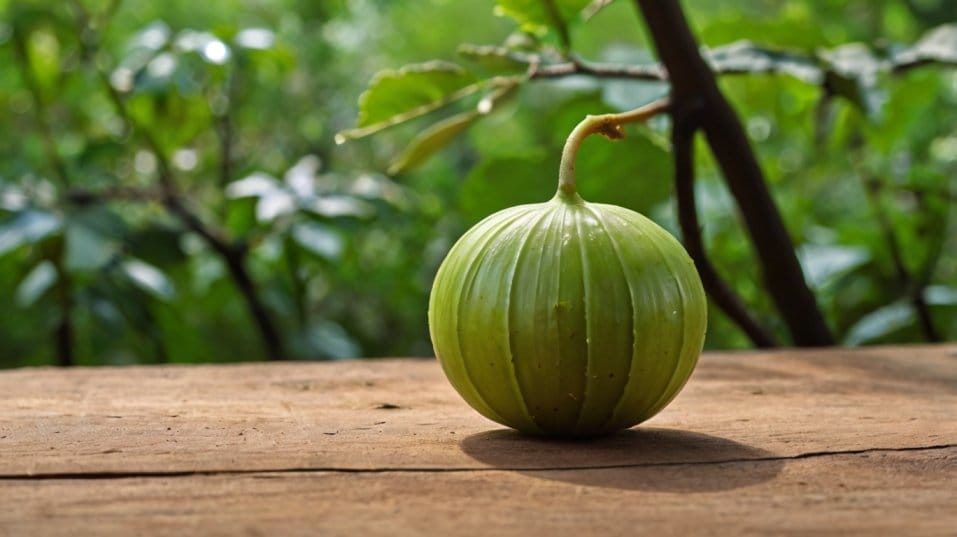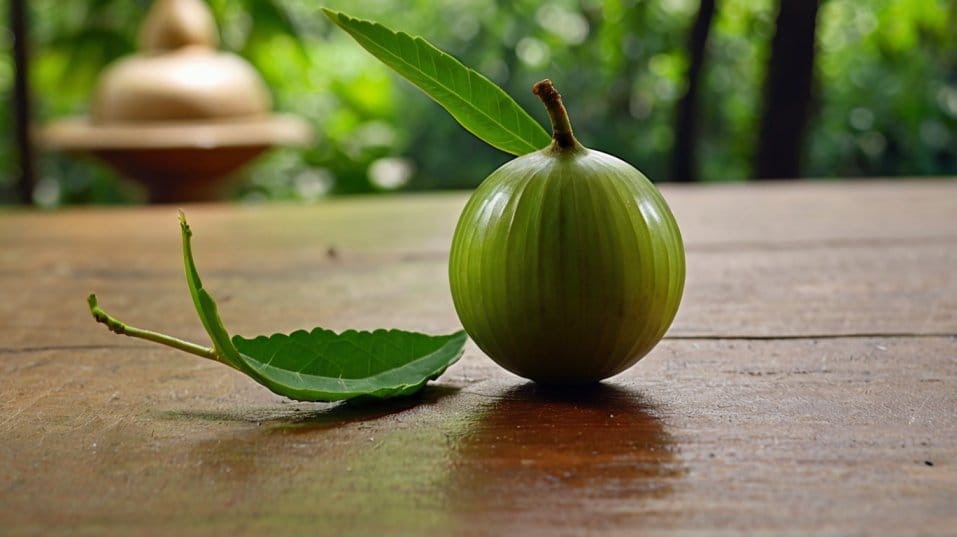Is Amla Worth the Hype? Here's What You Need to Know
Curious about Amla? Discover how this ancient fruit supports digestion, energy, skin, and brain health—naturally and effectively.

Ever wonder if there’s one simple thing you could take daily that actually makes a difference? Amla might be it. This sour green fruit isn’t just ancient—it’s making waves in modern wellness circles for a reason.
From sluggish digestion to low energy and dull skin, Amla tackles issues that tend to creep in over time.
No gimmicks, just real results backed by science and tradition. Let’s explore how it works and whether it’s worth adding to your daily stack.
What Is Amla—and Why Is Everyone Talking About It?
Amla (Phyllanthus emblica), also known as Indian gooseberry, has been used in Ayurvedic medicine for over 3,000 years. But it’s not just a relic of the past—it’s one of the few botanicals that’s held up under scientific scrutiny.
At its core, Amla is a powerhouse of antioxidants. It contains:
- Extremely high vitamin C levels (up to 20 times that of oranges)
- Polyphenols and tannins that fight oxidative stress
- Natural adaptogenic properties that help your body handle physical and mental stress
It’s not a flashy ingredient. But it does a lot of heavy lifting—quietly, consistently, and across multiple systems.
What Amla Does for You (and Why It Works Across the Board)
When your body’s under pressure, energy dips, inflammation creeps in, and recovery slows. That’s where Amla quietly shines—it doesn’t target just one issue. It supports your entire system from the inside out.

1. Boosts Digestion and Gut Health
Bloating, sluggish digestion, and irregularity tend to show up more often over time. Amla helps by:
- Stimulating gastric juices, making it easier for your stomach to break down food
- Improving nutrient absorption, especially iron and calcium
- Supporting the microbiome, acting as a gentle prebiotic
Amla’s natural fiber and acidity support smoother digestion and regularity—without the harshness of stimulants or synthetic supplements.
2. Enhances Energy and Cellular Vitality
Feeling “off” even after a full night’s sleep? Your mitochondria—the energy centers of your cells—may be underperforming. Amla helps by:
- Reducing oxidative damage to mitochondria
- Supporting ATP production, your body’s energy currency
- Replenishing antioxidants, which are often depleted by stress, poor diet, or everyday wear and tear
With consistent use, people often report feeling less drained in the afternoon and more resilient during busy days.
3. Strengthens Your Immune System
Amla’s off-the-charts vitamin C content is more than just an immune booster. It helps:
- Increase white blood cell production, your first line of defense
- Reduce systemic inflammation, which weakens immunity over time
- Shorten recovery time from daily stressors that wear down your immune response
Unlike synthetic C, Amla offers a whole-plant version your body absorbs and uses more efficiently.
4. Supports Skin, Hair, and Collagen
Collagen levels naturally decline over time. Amla helps slow that process naturally.
- Stimulates natural collagen synthesis
- Fights free radical damage that accelerates skin aging
- Improves circulation, giving your skin that healthy, alive look
Bonus: many users report shinier hair, fewer breakouts, and even reduced graying over time.
5. Sharpens Focus and Mood
Your brain’s clarity, memory, and mood are influenced by more than just sleep and hydration. Amla supports mental performance by:
- Lowering oxidative stress in the brain
- Reducing cortisol levels, the hormone responsible for “brain fog”
- Improving blood flow, which supports faster recall and mental stamina
If your mornings feel foggy or your concentration dips in the afternoon, Amla could give your brain the backup it needs.
How to Take Amla Without Overcomplicating It
Amla is easy to integrate into your routine. No special timing tricks, no cycles to manage, no advanced biohacking needed.
Best Timing:
- Morning or early afternoon, ideally with food
- Avoid on a completely empty stomach if you’re sensitive to acidity
Formats That Work:
- Capsules or tablets for convenience
- Powder for smoothies or warm water with lemon
- Juice (preferably unsweetened or with low sugar) if you like a tangy, tonic-like boost
Effective Dosage:
- For concentrated extracts: 500–1000mg/day
- For whole-fruit powder: 1–2 tsp/day
Stick with one format consistently. Results show up faster when you give your body a stable daily dose.
Smart Stacks: How Amla Plays Well With Others
Amla works even better when paired with the right support.
- For energy & mood: Amla + ashwagandha
- For gut health: Amla + probiotics or triphala
- For skin & aging: Amla + collagen and hyaluronic acid
- For brain clarity: Amla + lion’s mane or L-theanine
The goal isn’t to throw everything at your body. It’s to build a simple stack that works with your life—and supports your goals.
Final Thoughts: Start Small, Feel Big Changes
Is Amla worth the hype? Absolutely—but only if you’re ready to use it consistently and let the results speak for themselves.
You don’t need a radical overhaul. You just need to support your body in smarter, more natural ways. Amla fits right into that mission—powerful, simple, and flexible enough to meet you where you are.
So here’s your move: Pick a format. Add it to your morning or midday routine. Stick with it for 3 weeks. You’ll feel the shift—and once you do, it’s hard to go back.




